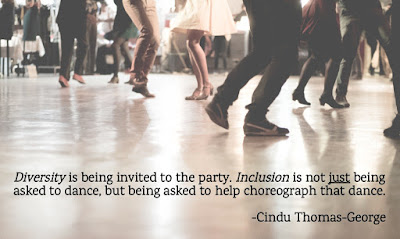The Benefits and the Reality of Diversity in the Workplace
In 1987, the Secretary of Labor, William Brock commissioned a study of economic and demographic trends by the Hudson Institute. This study resulted in the text titled, Workforce 2000- Work and Workers in the Twenty First Century. Workforce 2000 highlighted demographic factors that would impact the labor market in the United States. In a nutshell- the book argued that the U.S would only continue to grow increasingly diverse and suggested that diversifying the workforce was an economic imperative if companies wanted to stay competitive and attract talented employees. Essentially, Workforce 2000 spearheaded the beginnings of the diversity industry. Considering that the business case for diversity has been discussed for roughly thirty years in our country, it may be surprising to some of you that organizations in the United States are still lacking widespread diversity-- especially when it comes to leadership positions.


Increasing diversity within a team will take some investment. It’s not enough just to write a diversity policy. It’s not enough just to fill a quota. Diversity must be part of your culture. And that happens both top-down and bottom-up.
ReplyDeleteGreat blog learned many things about human resources from this blog very informative.
ReplyDeleteDiversity and Inclusion Consulting Firms
Diversity and Inclusion Workshops
Employee Assistance Program
Posh Training
This is a nice blog many things to learn. keep sharing.
ReplyDeleteCGPO2O
this is really good one keep sharing with us
ReplyDelete